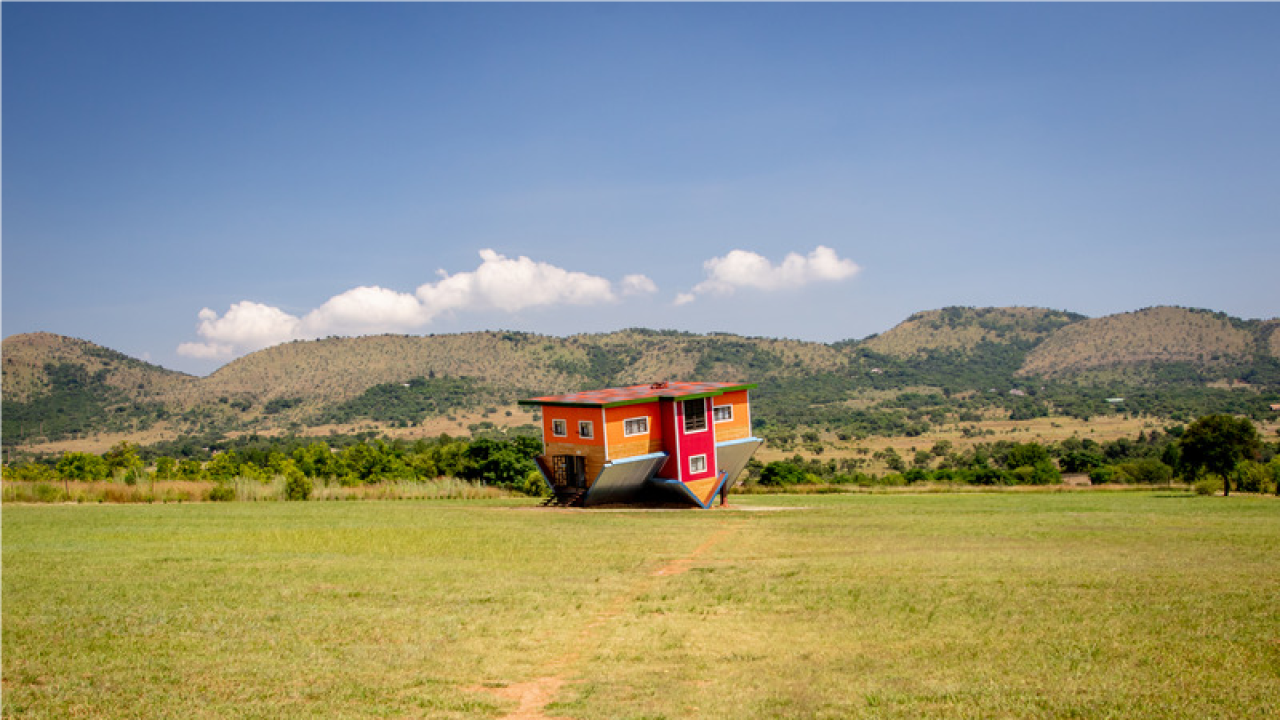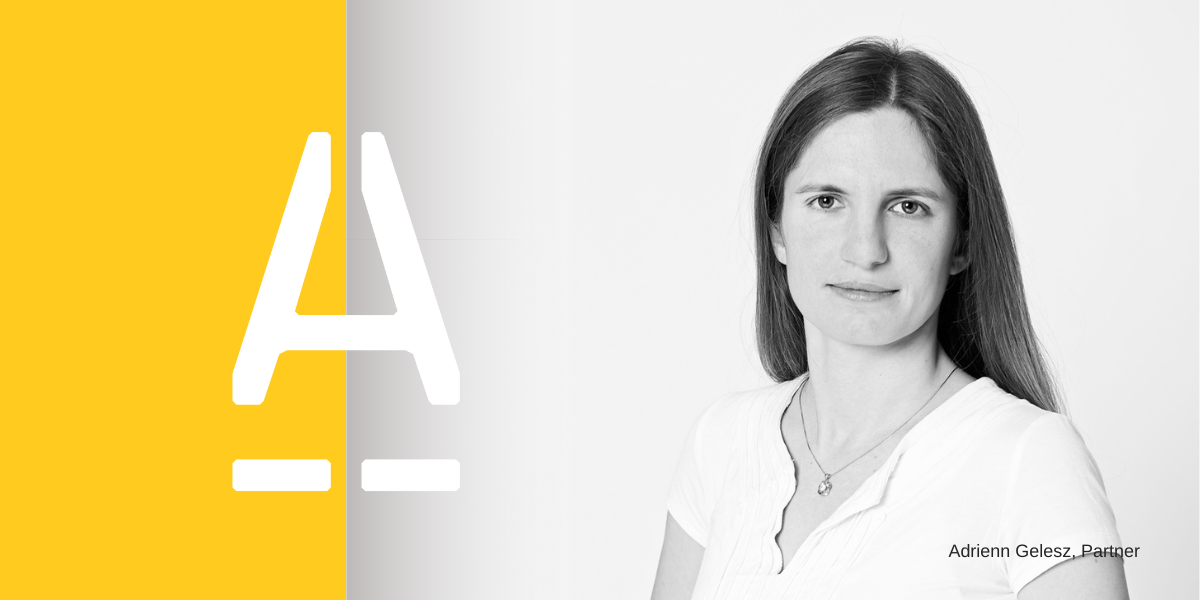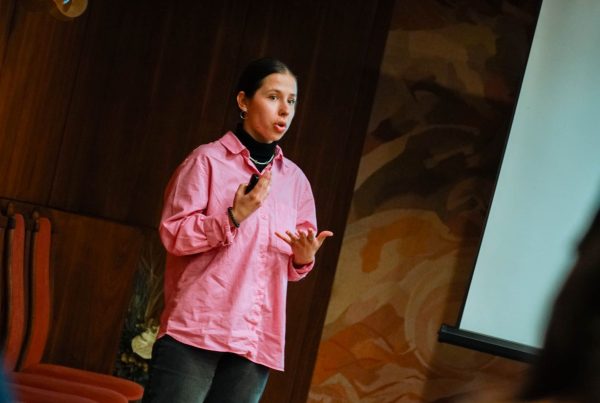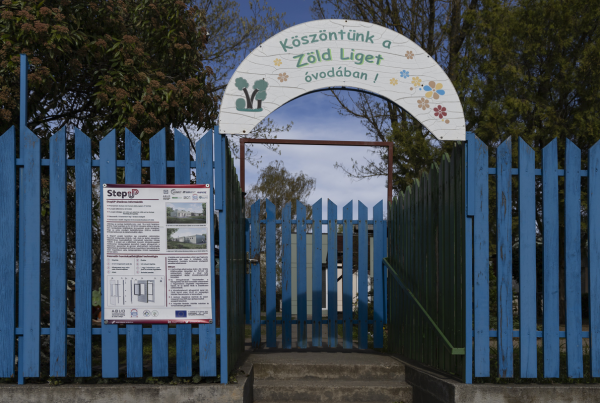WHAT WILL HOMES LOOK LIKE IN THE POST-FOSSIL FUEL ERA?
Adrienn Gelesz, Partner at ABUD presented at a symposium organised by the French Institute in Hungary
Adrienn Gelesz, Partner at ABUD gave a presentation at a symposium organised by the French Institute in Hungary on the 21st November. The event entitled „Homes Beyond Fossil” « Otthon a fosszilisen túl? » | « Chez soi au-delà du fossile ? » investigated ways to implement innovative and sustainable solutions in the building industry for the transition towards a fossil free future. Furthermore, the occasion served as an exchange platform for French and Hungarian experts from various fields including natural materials, building biology and community projects raising thought-provoking ideas about the future of the industry and whether new residential buildings are necessary at all.
Adrienn’s presentation titled „Approaching Sustainablity in Buildings Through Holistic Design” focused on two residential projects, one of them being the optimization of a single family house through dynamic simulations. The ’Hungarian House’ project highlighted the potentials of energy reduction using passive measures such as the orientation of the building, indoor temperature setpoints and natural ventilation.
The second project was E-co Housing, a social housing project realised together with the Municipality of Zugló, through which the audience could learn about implementing co-design principles throughout the planning process of a social housing project. In this project, ABUD provided sustainability and participatory design consultancy for the construction, architectural design and the co-creation of the built urban environment.
E-Co-Housing is a great example of the establishment of a regenerative social housing community, co-created by the Municipality and its residents. The systemic interconnected approach implemented in E-Co-Housing considers multi-layered effects of urban sprawl, resource and energy efficiency, smart IT solutions, collaborative and circular economy. In addition, E-Co-Housing involves future residents in the project’s design phase in order to foster the co-design process of the local environment and dwellings.
Adrienn’s presentation showed that in case of residential buildings, there is a great potential of reducing the environmental burden through the application of the holistic design processes. Through getting to know user needs, reducing user demand, modifying user behaviour and installing effective, passive solutions, there is way to achieve a more sustainable built environment for all.
We are grateful for the opportunity and the insightful event!




